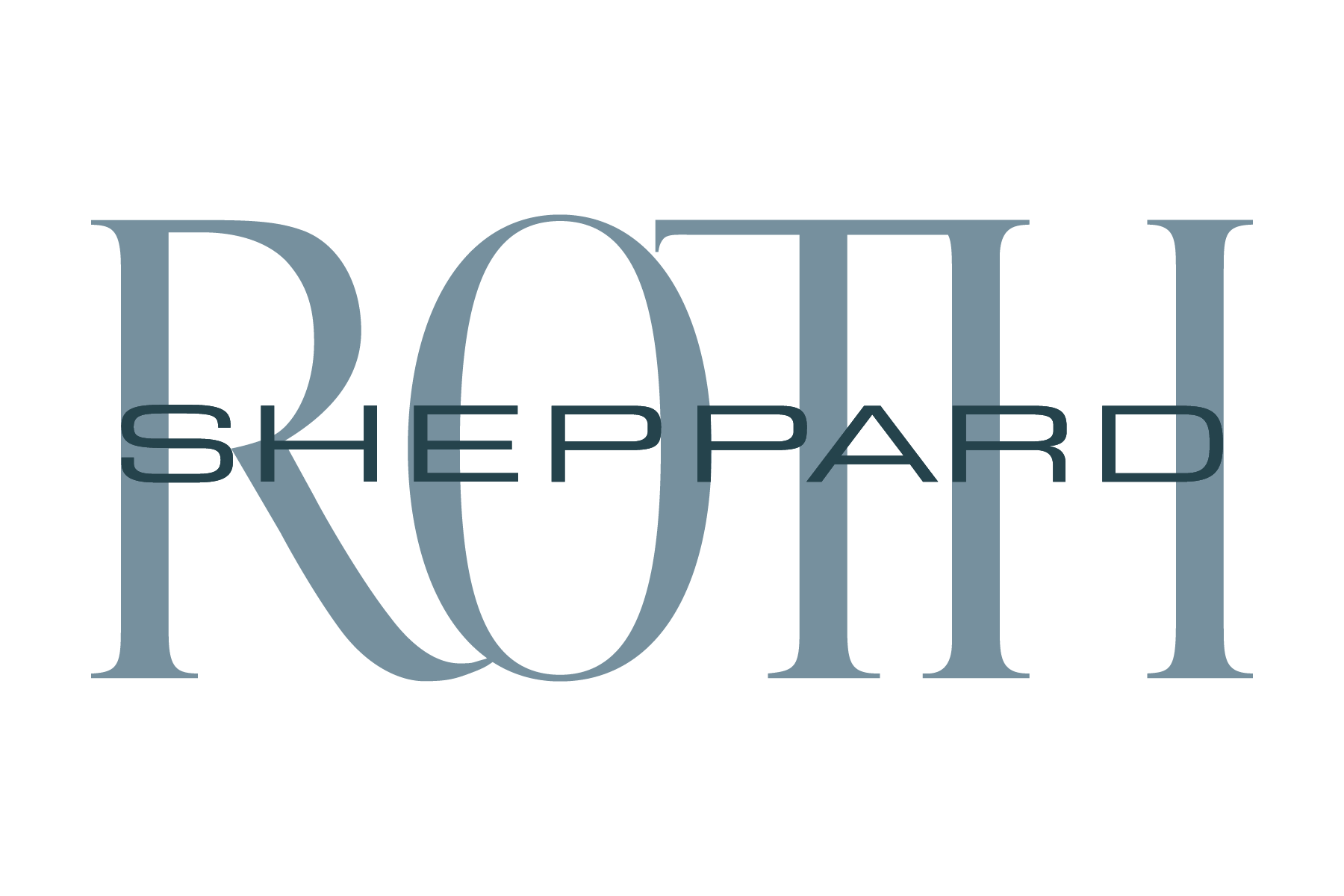DENVER ART MUSEUM'S NEW ADMIN BUILDING, DESIGNED BY ROTH SHEPPARD ARCHITECTS, TO COMPLEMENT MUSEUM COMPLEX
New building's elegant design honors museum's iconic Gio Ponti-designed North Building and Daniel Libeskind-designed Hamilton Building while respecting the adjacent Clyfford Still Museum designed by Allied Works Architecture
DENVER, Colorado—May 15, 2013—Roth Sheppard Architects, the Denver-based American Institute of Architects' 2012 Architectural Firm of the Year, known for its restaurant, retail, civic and law enforcement design throughout the west, today announced that the Denver Art Museum's new administration building, which has been thoughtfully designed to honor the three iconic museum buildings surrounding it, broke ground at the end of April and is projected to be completed in Spring 2014.
The three-story, 50,000-square-foot structure is to be located on Denver Art Museum property (formally used for staff parking) directly west of the Daniel Libeskind-designed Hamilton Building, and just south of the Allied Works Architecture-designed Clyfford Still Museum. The new building, which will complete this iconic cultural site, will more efficiently house the museum's 100-plus employees, including administration, curators and others currently located elsewhere, and allow for closer collaboration. In addition to staff offices, the privately funded $11.5 million project will also contain a research library for scholars and 9,000-square-feet of collection storage.
"Roth Sheppard Architects created a gorgeous Museum Shop that fits beautifully with the Hamilton Building’s Libeskind design. With this continuation of our relationship with Roth Sheppard, we desired to be sensitive to the unique design of Hamilton Building, the Ponti Building and Clyfford Still Museum with an elegant approach that adds to the Golden Triangle and the Civic Center Complex,” said Cathey M. Finlon, a member of the Denver Art Museum’s board of trustees and a leader on the project. “Our staff will be enthusiastic participants in the life of the neighborhood and will work in a very collaborative environment near to the museum and its collections.”
From an architectural perspective, the new building will establish a horizontal foreground that visually extends the base of the Clyfford Still Museum and abstractly references the geographic plains of Colorado. The underlying elegance of the office building's exterior will also allow the verticality of the Hamilton and North Buildings to "read" without visual competition.
While the museum's existing buildings were designed as "protectors of art"—solid in their massing and sculptural in form—the new, centrally located administration building will be more open and transparent. This will allow the alley that runs within the DAM Complex to the east (to be renamed Still Way) to serve as a connector between the museum's vibrant inner culture and the surrounding community. On the street side, a strong sense of connection between the inner workings of the DAM and passersby, guests and volunteers will be reinforced by a transparent colored glass wall modulated based on a non-repetitive Fibonacci sequence derivative of the arbitrary ripples formed when a sheer curtain billows in a breeze.
"Although deceptively simple in appearance, this building is richly layered in meaning," said Jeffrey Sheppard, AIA, design principal at Roth Sheppard Architects. "For one, we have designed the structure's exterior to 'front' on the alley to the east as opposed to the street side, which will activate 'Still Way' as the new cultural avenue where staff and the public can comingle while moving between the three gallery buildings. On the street side, where the entryway is a bit more protective and discreet, patrons and visitors will be invited into the museum's invigorating art world in a more private, yet elegant manner."
Functionally, the museum's new administration building has been designed to help museum staff serve the public by performing more efficiently and creatively. Visitors who enter the main floor off the street or alleyway will immediately encounter the high-energy curatorial and education work of the museum within a collaborative environment. On the more discreet stone-wrapped second floor, where patrons are invited into the "culture" of the art world, private spaces for the director and other administrative departments connect staff to the museum's broader vision via views of the Hamilton and North Buildings to the east.
A clerestory-raised roof and vertical three-story lightwell positioned above the exposed main stair bring daylight into the full depth of the interior encouraging more productive interaction during the day. The research library on the lower level is also positioned within the lightwell with nodes for informal and formal research. The two upper floors feature flexible, impromptu meeting areas and workstations around the perimeter to stimulate communication and allow museum staff to function more effectively across departments.

